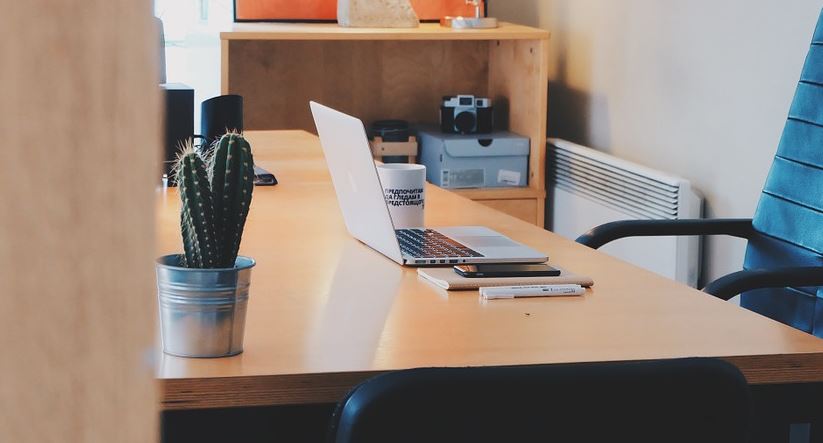
For a lot of us, working from home has been a new experience – regardless of if we’re typing, sculpting, painting, sewing, or drawing. If you’re in this situation, you should ensure your eyesight and posture are looked after.
The best chair is just one aspect of setting up a great workstation. Other aspects include getting the right footrest, headset, lighting, keyboard, mouse, monitors, computer, and desk.
1. Work Environment
When setting up your workstation and workspace, you will have to consider the following:
- Do you have adequate lighting? You must prevent tiredness by making sure the light in the room is bright enough for reading, without having to strain your eyes.
- If you have access to natural lighting, then that will be perfect as natural lighting has been known to boost moods and entire wellbeing. If it’s possible, try to work close to a window.
- Your work area must be well-ventilated, as a stuffy place will likely make you feel drained. So, if you can, open a window or install a fan, so the air can circulate.
2. Furniture
Your desk needs to have adequate surface area for you to be able to position your computer, phone, and writing tools, while also being large enough to complete different tasks. The height of this desk should be comfortable with adequate legroom. You should ideally own an ergonomic chair to accompany this desk.
3. Tech and Office Equipment
You will have to settle down and select tech and equipment that will help you work more efficiently. Some of these may include:
- A laptop, computer, keyboard, mouse, headphones, USB, hard drive, and docking station.
- A mobile phone.
- A socket that is within reach, charges, cables, and extensions.
- A strong internet connection. Search for fiber internet near me for options.
- Apps or software that will help you connect with your team and have access to your work. Make sure that these apps are correctly set up and that you have the login details at hand.
- Paper and a printer, but you should consider a paperless workplace to reduce the need for more items that will clutter your workspace.
- Stationery items like pens, calculator, highlighters, a diary, and a notepad.
4. Storage and Personal Items
You should try to make your workspace clutter-free by following these tips:
- Make space in a cabinet or drawer close by for items you don’t immediately need but will need soon.
- Store papers and other material in files or folders to keep them organized.
- Have a wastebasket close to you, so that you will be able to get rid of waste almost immediately.
You should reduce the number of additional items you put on your desk, but you might need the following:
- Personal items that may be essential to you (for example, reading glasses).
- A water bottle that will make sure you remain hydrated during your work.
- Some personal items that can improve your productivity and boost your remote work experience (e.g., a radio or your favorite mug).
You may be interested in: How to Use a Desk Booking System in Your Office

